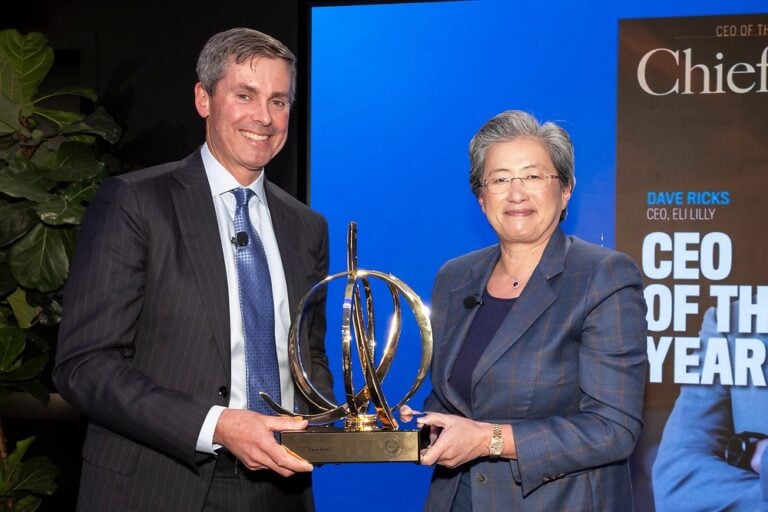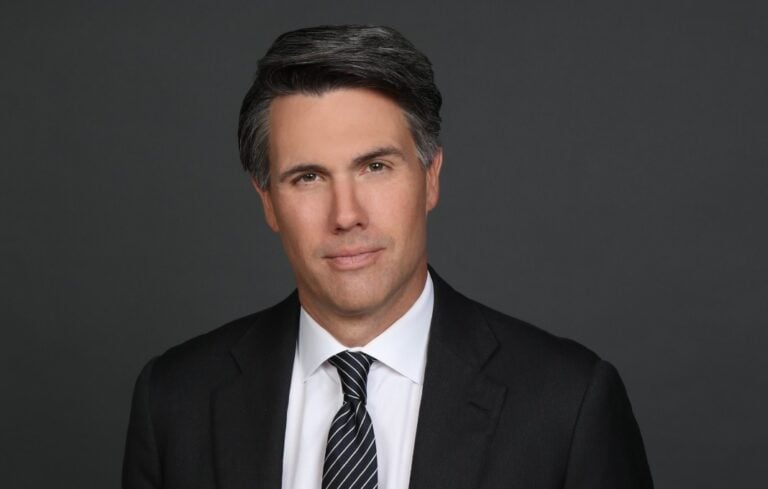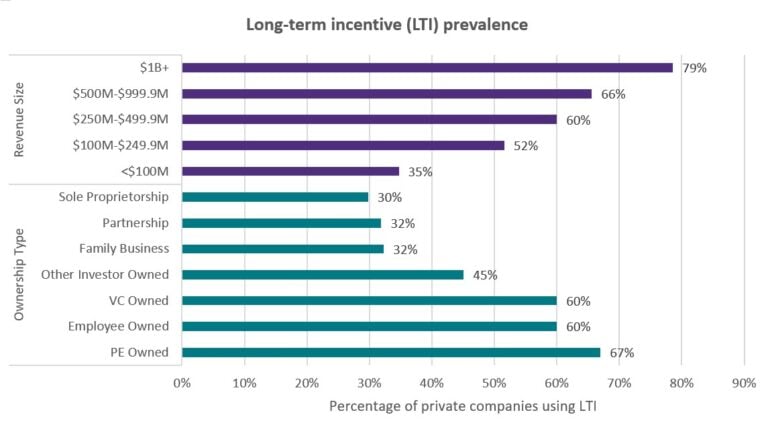
Research conducted by both Harvard and colleagues at Korn Ferry has demonstrated one unsettling fact: senior teams are often the worst performing teams in organizations. But why? There are many possible reasons, but one of the biggest is a lack of shared purpose.
I’ve lost track of the number of times an experienced CEO has approached me wondering, “Why isn’t our senior team more engaged with the new strategy? What we need to do and how to get there are crystal clear. But the more I push, the less motivated people seem to be. What’s missing?”
Senior teams face three big realities that have to be placed in meaningful relationship for our enterprises to thrive:
Unfortunately, too often, teams deal with these three realities in the wrong sequence. We largely over-focus on the what and the how and under-focus on the why. While it may be counterintuitive to many leaders, the most strategic and energizing place to begin is Purpose: the Big Why. Through the lens of purpose, we focus on a compelling reason for being and can then envision a future worthy of collective talents, energies and resources. By focusing on purpose—an aspiration that lifts us and infuses significant meaning in our enterprise—we catalyze our courage and authentic influence to create enduring value.
“What we need to do and how to get there are crystal clear. But the more I push, the less motivated people seem to be. What’s missing?”
Paul Van Oyen, CEO of Etex, a $3 billion global building materials firm, put it this way: “For purpose to be purposeful, it needs to guide the daily decisions and daily behaviors that fuel the enterprise. Purpose is merely a concept until it guides all team decisions and team behaviors.”
Once purpose begins to guide behavior, the results are clear. In a new study, “People on a Mission,” Korn Ferry consultants Elaine Dinos, Janet Feldman, and Rick Lash found that companies focused on purpose and values reported annual growth rates of 9.85 percent, compared to 2.4 percent of the entire S&P 500 consumer sector— more than four times the growth rate.
Stuart Parker, CEO of USAA, found a way to remind his team of their purpose. Stuart had personal challenge coins made, similar to those used by military leaders to recognize excellence in members of their command. One side is engraved with Stuart’s personal purpose—“Mission, Trust, Freedom”—along with pilot wings he wore during his career in the United States Air Force. On the flip side are the USAA eagle and the company’s values: “Service, Loyalty, Honesty, Integrity.” He wanted to convey a powerful reflection: How can your purpose serve our collective mission?
To help your senior team rediscover its core purpose, ask a series of questions. What are the distinguishing differences your group has? What is the big impact, big service, or big difference that you are going to collectively achieve? Why does this team exist? Imagine a team of leaders clear on both their individual purpose and their collective purpose. Sound like a great place to be? This could be your team. Connect your individual purpose to the broader mission, and tremendous energy and engagement will be unleashed.




0

1:00 - 5:00 pm
Over 70% of Executives Surveyed Agree: Many Strategic Planning Efforts Lack Systematic Approach Tips for Enhancing Your Strategic Planning Process
Executives expressed frustration with their current strategic planning process. Issues include:
Steve Rutan and Denise Harrison have put together an afternoon workshop that will provide the tools you need to address these concerns. They have worked with hundreds of executives to develop a systematic approach that will enable your team to make better decisions during strategic planning. Steve and Denise will walk you through exercises for prioritizing your lists and steps that will reset and reinvigorate your process. This will be a hands-on workshop that will enable you to think about your business as you use the tools that are being presented. If you are ready for a Strategic Planning tune-up, select this workshop in your registration form. The additional fee of $695 will be added to your total.

2:00 - 5:00 pm
Female leaders face the same issues all leaders do, but they often face additional challenges too. In this peer session, we will facilitate a discussion of best practices and how to overcome common barriers to help women leaders be more effective within and outside their organizations.
Limited space available.

10:30 - 5:00 pm
General’s Retreat at Hermitage Golf Course
Sponsored by UBS
General’s Retreat, built in 1986 with architect Gary Roger Baird, has been voted the “Best Golf Course in Nashville” and is a “must play” when visiting the Nashville, Tennessee area. With the beautiful setting along the Cumberland River, golfers of all capabilities will thoroughly enjoy the golf, scenery and hospitality.
The golf outing fee includes transportation to and from the hotel, greens/cart fees, use of practice facilities, and boxed lunch. The bus will leave the hotel at 10:30 am for a noon shotgun start and return to the hotel after the cocktail reception following the completion of the round.